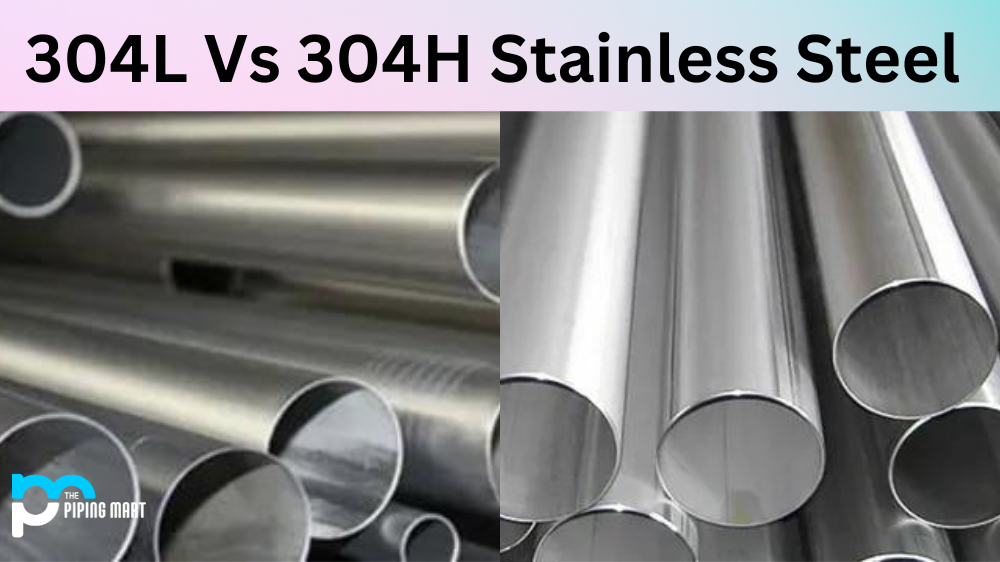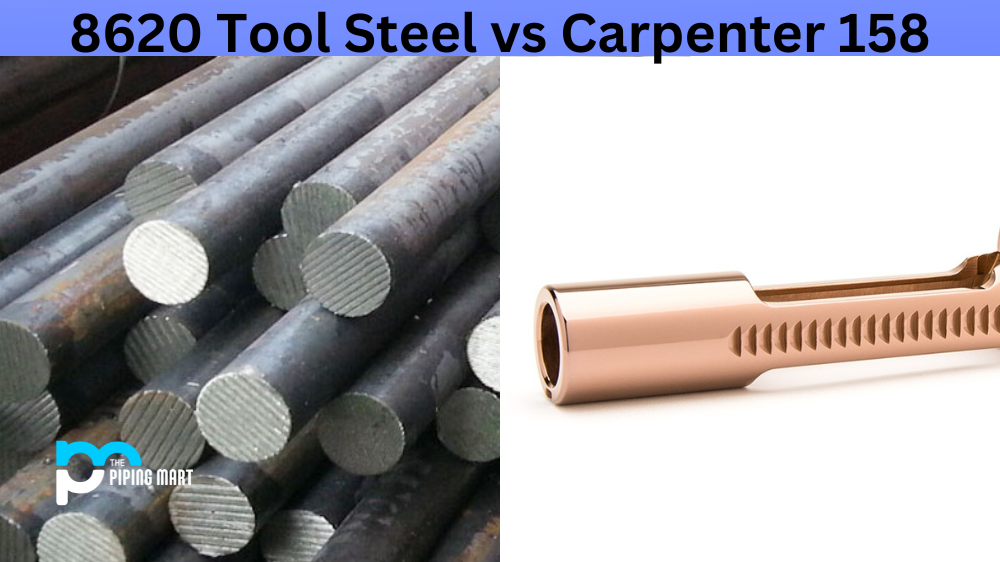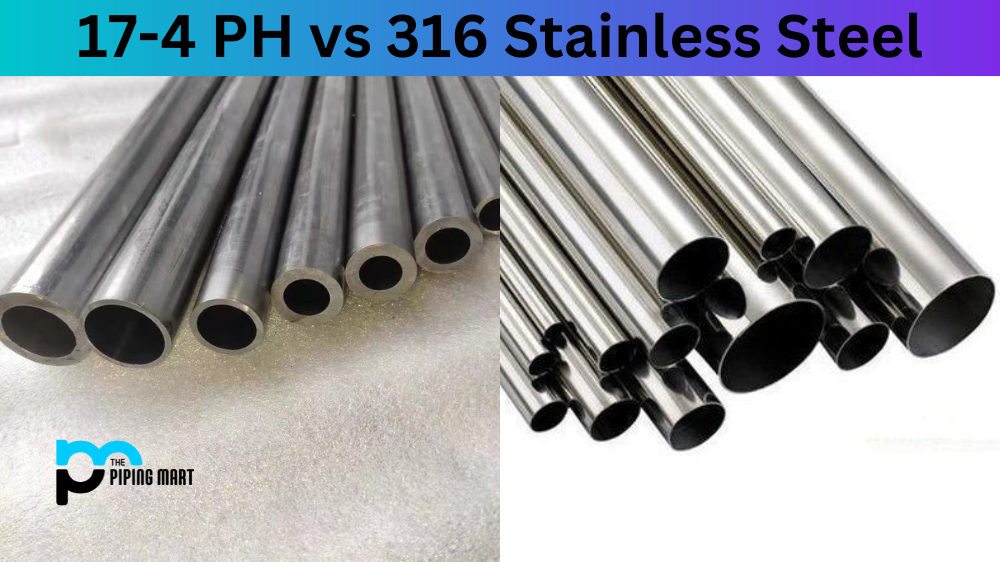If you’re in the industrial engineering or metal fabrication industries, you’ve probably heard of stainless steel. This type of steel is incredibly versatile and can be used for various applications. However, when it comes to 304L vs 304H stainless steel, there are some notable differences that you should be aware of. Let’s take a closer look at each type of steel to understand how they differ.
304L Stainless Steel
This type of stainless steel is often referred to as “low carbon” because it contains 0.03% carbon or less. This low amount of carbon makes it highly resistant to corrosion and has good weldability properties. It also has excellent formability characteristics, making it ideal for deep drawing applications such as automotive trim components or kitchen sinks. Additionally, this type of stainless steel is generally available in sheet and coil forms, making it easier to work with than other types of stainless steel.
304H Stainless Steel
On the other hand, 304H SS (or “high carbon”) contains 0.04-0.10% carbon. It is most commonly used in high-temperature applications where its strength is necessary to withstand extreme heat conditions without losing its shape or breaking down over time. Its corrosion resistance is still very high compared to other types of steel but may be less resilient than the lower carbon version due to its higher levels of chromium content (17-19%). Because 304H SS can withstand temperatures up to about 870°C (1600°F), it’s often used for exhaust manifolds, furnace parts, heat exchangers and steam boiler parts, among many other things.
Difference Between 304L and 304H Stainless Steel
Chemical Composition
One of the most important differences between 304L and 304H stainless steel is their chemical composition. 304L stainless steel has a lower carbon content than 304H, which results in better weldability but reduced hardness. 304H stainless steel has a higher carbon content, which makes it ideal for applications that require high hardness but may not be suitable for welding.
Tensile Strength
Another important difference between 304L and 304H stainless steel is their tensile strength. 304L stainless steel has a lower tensile strength than 304H, which means it is not as strong and may not be suitable for some high-stress applications. However, 304L stainless steel is still strong enough for most applications.
Yield Strength
The yield strength of a material is the stress at which it begins to deform plastically. This means the material will no longer return to its original shape after deforming. The yield strength of 304L stainless steel is lower than that of 304H, meaning that it is not as strong and may not be suitable for some high-stress applications. However, 304L stainless steel is still strong enough for most applications.
Elongation
Elongation is a measure of a material’s ability to deform before breaking. The higher the elongation, the more ductile the material is. The elongation of 304L stainless steel is lower than that of 304H, meaning that it is not as ductile and may not be suitable for some applications that require high ductility. However,304L stainless steel is still ductile enough for most applications.
Hardness
Hardness measures a material’s resistance to deformation under applied stress. The higher the hardness, the more resistant the material is to deformation. The hardness of 304L stainless steel is lower than that of 304H, meaning that it is not as resistant to deformation and may not be suitable for some applications that require high resistance to deformation.
Conclusion:
The differences between 304L and 304H stainless steel are clear; the former offers greater resistance against corrosion, while the latter provides superior strength at high temperatures—making them both great choices depending on your particular application requirements. Ultimately, engineers and metal fabricators need to have a good understanding of these two different types of stainless steel so that they can make informed decisions when choosing a material for their projects. With this knowledge, you’ll be able to select the best type for your unique needs!

A passionate metal industry expert and blogger. With over 5 years of experience in the field, Palak brings a wealth of knowledge and insight to her writing. Whether discussing the latest trends in the metal industry or sharing tips, she is dedicated to helping others succeed in the metal industry.




